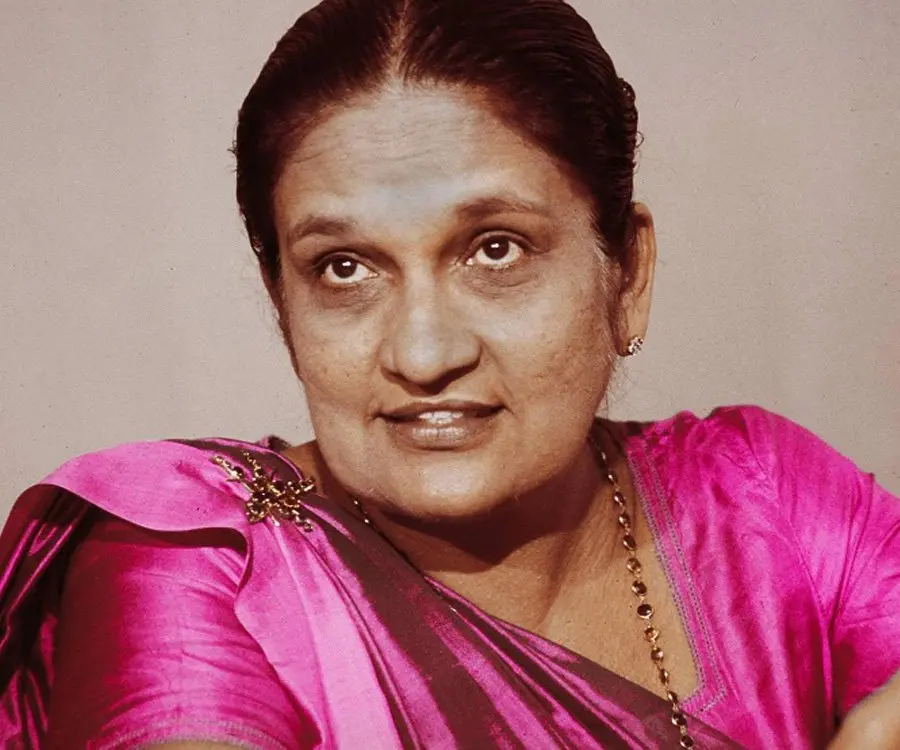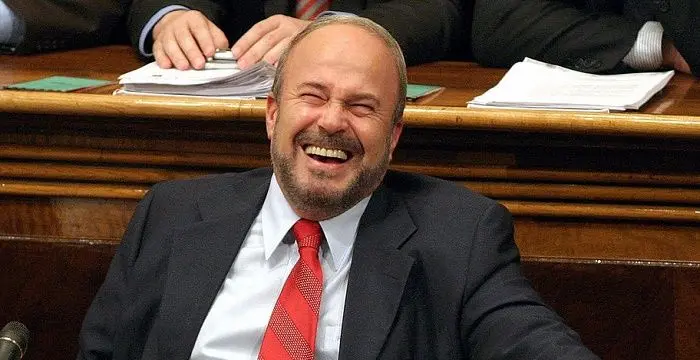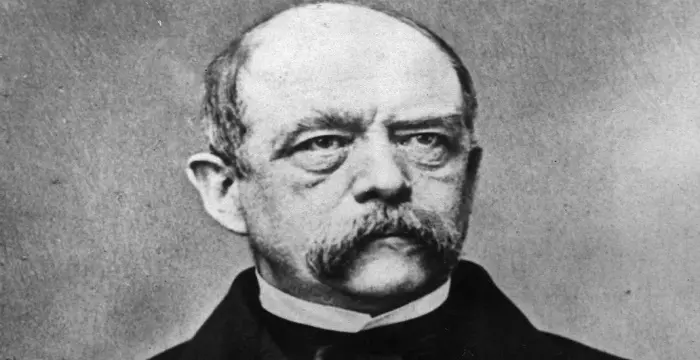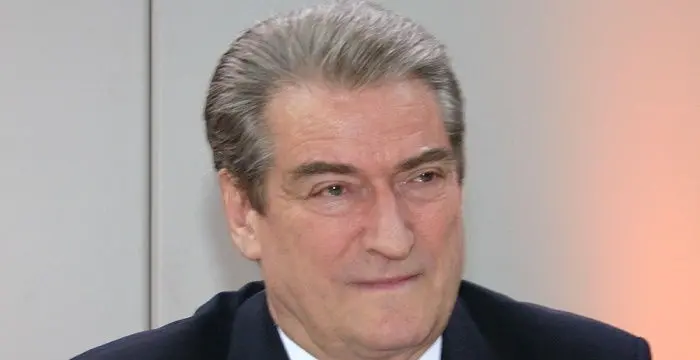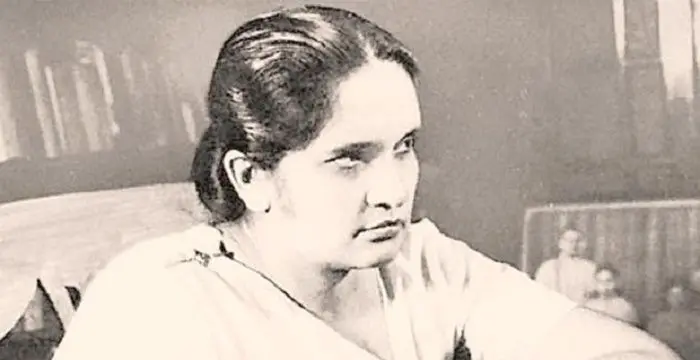
Sirimavo Bandaranaike - Former Prime Minister of Sri Lanka, Family and Facts
Sirimavo Bandaranaike's Personal Details
Sirima Ratwatte Dias Bandaranaike, more famously known as Sirimavo Bandaranaike, was a Sri Lankan politician and stateswoman
| Information | Detail |
|---|---|
| Birthday | April 17, 1916 |
| Died on | October 10, 2000 |
| Nationality | Sri Lankan |
| Famous | Leaders, Political Leaders, Prime Ministers, Former Prime Minister of Sri Lanka |
| Spouses | S. W. R. D. Bandaranaike |
| Known as | Sirima Ratwatte Dias Bandaranaike |
| Childrens | Chandrika Kumaratunga |
| Universities |
|
| Birth Place | British Ceylon |
| Religion | Buddhism, Theravada |
| Gender | Female |
| Father | Barnes Ratwatte |
| Mother | Rosalind Mahawelatenne Kumarihamy |
| Sun Sign | Aries |
| Born in | British Ceylon |
| Famous as | Former Prime Minister of Sri Lanka |
| Died at Age | 84 |
Sirimavo Bandaranaike's photo
Who is Sirimavo Bandaranaike?
Sirima Ratwatte Dias Bandaranaike, more famously known as Sirimavo Bandaranaike, was a Sri Lankan politician and stateswoman. She was world’s first woman to become Prime Minister of a country. She made such history after her party won the Ceylon general election in 1960 and chose her as the new Prime Minister of Ceylon. She made a comeback and served two more terms as Prime Minister, from 1970 to 1977 and again from 1994 to 2000. She represented the ‘Sri Lanka Freedom Party’ and remained its leader for a long time. She stepped into politics after the ‘‘Sri Lanka Freedom Party’ faced a turmoil following her husband, previous Sri Lankan Prime Minister, Solomon Bandaranaike’s assassination in September 1959. Her family held prominent position in Sri Lankan politics for decades. While her daughter Chandrika Kumaratunga served as the fourth Executive President of Sri Lanka, her son Anura Bandaranaike served as Speaker of Parliament of Sri Lanka and also remained a cabinet minister. Her name Sirimavo contains the suffix ‘vo’ which means ‘respect’.
// Famous Political Leaders
Edi Rama
Edi Rama is the current Prime Minister of Albania. Check out this biography to know about his childhood, life, achievements, works & timeline.
Khalifa bin Zayed Al Nahyan
Sheikh Khalifa bin Zayed Al Nahyan is the current President of the United Arab Emirates (UAE). Check out this biography to know about his birthday, childhood, family life, achievements and fun facts about him.
Leo Varadkar
Cam Leo Varadkar is the current Taoiseach—the Prime Minister—of the Republic of Ireland. Check out this biography to know about his childhood, family life, achievements and other facts about his life.
Childhood & Early Life
She was born Sirima Ratwatte on April 17, 1916, in an affluent and notable family to Barnes Ratwatte and Rosalind Mahawelatenne Kumarihamy, as their eldest child among two daughters and four sons.
Political environment prevailed in her house since her childhood as her father Barnes Ratwatte was a member of the Senate and also the State Council of Ceylon.
She was a descendant of the eminent Radala family, one of whose descendants the Dissawa of Matale, Ratwatte Dissawa was a signatory to the ‘Kandyan Convention’.
She attended a Roman Catholic convent, ‘St Bridget's Convent’ in Colombo.
Her siblings were all well established personalities in political and other spheres of Sri Lanka.
She was a practicing Buddhist.
Career
She had a sudden entry in politics in 1960 after her husband Solomon Bandaranaike, also referred as S.W.R.D. Bandaranaike, the then Prime Minister of Ceylon, was assassinated by a Buddhist monk on September 26, 1959.
Solomon, a charismatic leader, was a founding member of ‘Union National Party’ (‘UNP’) who later parted ways from the party to form ‘Sri Lanka Freedom Party’ (‘SLFP’) and remained its leader until death.
In 1956 Solomon became Prime Minister, but before he could complete his term he was assassinated. The assassination created a sudden power crisis leading to a brief political turmoil. The subsequent March 1960 elections saw ‘SLFP’ being defeated by ‘UNP’. This is when Sirimavo was chosen as the legitimate successor of Solomon as the party leader by ‘SLFP’.
Although the March 1960 elections saw formation of a minority government of ‘UNP’, its inability to retain power led to July 1960 elections. During July elections, Sirimavo led her party from the front that resulted in ‘SLFP’ achieving a parliamentary majority.
On July 21, 1960 she became the Prime Minister of Ceylon, making history as the first woman to hold such position in the world. She held office till March 25, 1965.
She was often criticised as the ‘weeping widow’ by her critics and rivals who accused her of capitalising her husband’s death to rise to power by emotionally charging up people for garnering support.
Sirimavo, a socialist, advanced her husband’s socio-economic policies including nationalization of principal sectors of economy, encompassing banking and insurance; maintaining neutral international relations that is following nonalignment policy with neither West nor East; actively advocating for Buddhism and the national Sinhalese language and culture.
She made efforts in 1961 to nationalize the Roman Catholic Church schools.
She faced profound indignation from the minority Tamil population of the country. They considered her act of enforcing Sinhala as the official language in place of English in all government businesses as highly discriminatory and a move to block Tamils from all official positions and law. It led to a surge in Tamil militancy that gained momentum in future.
Sirimavo played an instrumental role in nationalising British and American oil companies functioning in Ceylon, which had an adverse effect as both Britain and America did away with their aid to Sri Lanka. She, on the other hand, brought her nation close to Soviet Union and China and actively took part in non-alignment conferences.
She also came forward to mediate the India-China border conflict in 1962. The same year she foiled a military coup attempt pursued by Christian officers and inducted William Gopallawa, her uncle as Governor-General of Ceylon.
On October 30, 1964 she signed the ‘Sirimavo-Shastri Pact’ or the ‘Agreement on Persons of Indian Origin in Ceylon’ along with Prime Minister of India, Lal Bahadur Shastri. It was a significant agreement that determined the position and future of people of Indian origin present in Ceylon.
An intense economic crisis and coalition of her party ‘SLFP’ with the ‘Marxist Lanka Sama Samaja Party’ (‘LSSP’) saw a gradual decline of support for her government and in the 1965 general elections, her party lost the elections.
The 1970 elections saw her making a comeback as the Prime Minister for her second term with ‘United Front’ coalition including ‘SLFP’, Communists and ‘LSSP’ acquiring a large majority. She held the second premiership from May 29, 1970 to July 23, 1977.
However the ‘Janatha Vimukthi Peramuna Insurrection’ in 1971 from April 5, 1971 to June 1971 almost ousted the government. The rebels captured and held many towns and villages for weeks, while the country's army was caught unaware. The government finally recaptured the places with aid of Indian and Pakistani armed forces.
In 1972, the Soulbury constitution was replaced by a new constitution that established an executive presidency and Ceylon became a republic called Sri Lanka.
The oil crisis of 1973, economic stagnation and turmoil added with her government’s failure to tackle ethnic rivalries had a strong effect in the July 1977 elections, which her partly lost badly.
In 1980 she faced charges for abuse of power as she applied a clause of the 1972 constitution to delay election till 1977 that otherwise would have been held in 1975 according to the Soulbury constitution. She was removed from the parliament and prohibited from holding any public office for 7 years.
Though she lost all subsequent general elections, it was alleged that she pitted her son Anura and daughter Chandrika against each other to ultimately hold power in the party.
The coalition led by ‘SLFP’ won general elections in 1994 and Chandrika was elected as Prime Minister. However, after Chandrika won the presidential election in November that year, she inducted her mother Sirimavo as the Prime Minister.
Sirimavo’s third premiership that commenced on November 14, 1994 saw her position subordinate to that of her daughter with hardly much power. She held office till August 10, 2000.
Personal Life & Legacy
She married the famous statesman and politician Solomon Bandaranaike in 1940. The three children of the couple are Anura, Chandrika and Sunethra. While the eldest daughter Sunethra is a philanthropist, Anura and Chandrika are both established names in Sri Lankan politics.
She succumbed to a heart attack shortly after casting her vote on October 10, 2000 in Colombo, Sri Lanka.
// Famous Leaders
Edi Rama
Edi Rama is the current Prime Minister of Albania. Check out this biography to know about his childhood, life, achievements, works & timeline.
Tecumseh
Tecumseh was a Native American leader of the Shawnee clan. This biography profiles his childhood, life and timeline.
Khalifa bin Zayed Al Nahyan
Sheikh Khalifa bin Zayed Al Nahyan is the current President of the United Arab Emirates (UAE). Check out this biography to know about his birthday, childhood, family life, achievements and fun facts about him.
Sirimavo Bandaranaike biography timelines
- // 17th Apr 1916She was born Sirima Ratwatte on April 17, 1916, in an affluent and notable family to Barnes Ratwatte and Rosalind Mahawelatenne Kumarihamy, as their eldest child among two daughters and four sons.
- // 1940She married the famous statesman and politician Solomon Bandaranaike in 1940. The three children of the couple are Anura, Chandrika and Sunethra. While the eldest daughter Sunethra is a philanthropist, Anura and Chandrika are both established names in Sri Lankan politics.
- // 1956 To Mar 1960In 1956 Solomon became Prime Minister, but before he could complete his term he was assassinated. The assassination created a sudden power crisis leading to a brief political turmoil. The subsequent March 1960 elections saw ‘SLFP’ being defeated by ‘UNP’. This is when Sirimavo was chosen as the legitimate successor of Solomon as the party leader by ‘SLFP’.
- // 26th Sep 1959 To 1960She had a sudden entry in politics in 1960 after her husband Solomon Bandaranaike, also referred as S.W.R.D. Bandaranaike, the then Prime Minister of Ceylon, was assassinated by a Buddhist monk on September 26, 1959.
- // Jul 1960Although the March 1960 elections saw formation of a minority government of ‘UNP’, its inability to retain power led to July 1960 elections. During July elections, Sirimavo led her party from the front that resulted in ‘SLFP’ achieving a parliamentary majority.
- // 21st Jul 1960 To 25th Mar 1965On July 21, 1960 she became the Prime Minister of Ceylon, making history as the first woman to hold such position in the world. She held office till March 25, 1965.
- // 1961She made efforts in 1961 to nationalize the Roman Catholic Church schools.
- // 1962She also came forward to mediate the India-China border conflict in 1962. The same year she foiled a military coup attempt pursued by Christian officers and inducted William Gopallawa, her uncle as Governor-General of Ceylon.
- // 30th Oct 1964On October 30, 1964 she signed the ‘Sirimavo-Shastri Pact’ or the ‘Agreement on Persons of Indian Origin in Ceylon’ along with Prime Minister of India, Lal Bahadur Shastri. It was a significant agreement that determined the position and future of people of Indian origin present in Ceylon.
- // 1965An intense economic crisis and coalition of her party ‘SLFP’ with the ‘Marxist Lanka Sama Samaja Party’ (‘LSSP’) saw a gradual decline of support for her government and in the 1965 general elections, her party lost the elections.
- // 1972In 1972, the Soulbury constitution was replaced by a new constitution that established an executive presidency and Ceylon became a republic called Sri Lanka.
- // 1973 To Jul 1977The oil crisis of 1973, economic stagnation and turmoil added with her government’s failure to tackle ethnic rivalries had a strong effect in the July 1977 elections, which her partly lost badly.
- // 1994The coalition led by ‘SLFP’ won general elections in 1994 and Chandrika was elected as Prime Minister. However, after Chandrika won the presidential election in November that year, she inducted her mother Sirimavo as the Prime Minister.
- // 14th Nov 1994 To 10th Aug 2000Sirimavo’s third premiership that commenced on November 14, 1994 saw her position subordinate to that of her daughter with hardly much power. She held office till August 10, 2000.
- // 10th Oct 2000She succumbed to a heart attack shortly after casting her vote on October 10, 2000 in Colombo, Sri Lanka.
// Famous Prime Ministers
Edi Rama
Edi Rama is the current Prime Minister of Albania. Check out this biography to know about his childhood, life, achievements, works & timeline.
Leo Varadkar
Cam Leo Varadkar is the current Taoiseach—the Prime Minister—of the Republic of Ireland. Check out this biography to know about his childhood, family life, achievements and other facts about his life.
Fatos Nano
Fatos Nano is an Albanian politician who served as Prime Minister of Albania for several times. Check out this biography to know about his childhood, life, achievements, works & timeline.
Otto von Bismarck
Otto von Bismarck served as the Chancellor of Germany and the Prime Minister of Prussia. He unified the German states into a powerful German empire. This biography profiles his childhood, political career, life, achievements and timeline.
Nikita Khrushchev
Nikita Khrushchev was a former Soviet premier. This biography gives detailed information about his childhood, life, achievements and timeline.
Sali Berisha
Sali Berisha is an Albanian politician who served as the President and the Prime Minister of Albania. Check out this biography to know about his childhood, life, achievements, works & timeline.
Sirimavo Bandaranaike's FAQ
What is Sirimavo Bandaranaike birthday?
Sirimavo Bandaranaike was born at 1916-04-17
When was Sirimavo Bandaranaike died?
Sirimavo Bandaranaike was died at 2000-10-10
Where was Sirimavo Bandaranaike died?
Sirimavo Bandaranaike was died in Colombo, Sri Lanka
Which age was Sirimavo Bandaranaike died?
Sirimavo Bandaranaike was died at age 84
Where is Sirimavo Bandaranaike's birth place?
Sirimavo Bandaranaike was born in British Ceylon
What is Sirimavo Bandaranaike nationalities?
Sirimavo Bandaranaike's nationalities is Sri Lankan
Who is Sirimavo Bandaranaike spouses?
Sirimavo Bandaranaike's spouses is S. W. R. D. Bandaranaike
Who is Sirimavo Bandaranaike childrens?
Sirimavo Bandaranaike's childrens is Chandrika Kumaratunga
What was Sirimavo Bandaranaike universities?
Sirimavo Bandaranaike studied at University of Oxford, St Bridget's Convent, Colombo
What is Sirimavo Bandaranaike's religion?
Sirimavo Bandaranaike's religion is Buddhism, Theravada
Who is Sirimavo Bandaranaike's father?
Sirimavo Bandaranaike's father is Barnes Ratwatte
Who is Sirimavo Bandaranaike's mother?
Sirimavo Bandaranaike's mother is Rosalind Mahawelatenne Kumarihamy
What is Sirimavo Bandaranaike's sun sign?
Sirimavo Bandaranaike is Aries
How famous is Sirimavo Bandaranaike?
Sirimavo Bandaranaike is famouse as Former Prime Minister of Sri Lanka

